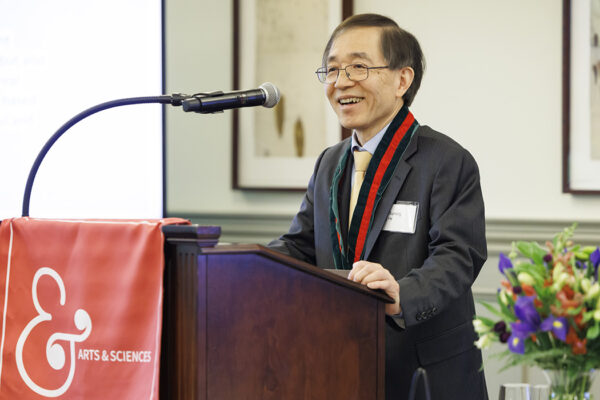
Network systems — whether computer networks, networks of autonomous vehicles, social networks, or the complex network of neurons in the brain — rely on communication between individual agents to run smoothly. Researchers understand what type of communication structure is essential for sustaining a fundamental system property, such as stability and controllability. However, it’s not easy to predict whether the required communication structure can be established for agents performing in an uncertain environment.
Xudong Chen, an associate professor in the Preston M. Green Department of Electrical & Systems Engineering in the McKelvey School of Engineering at Washington University in St. Louis, plans to develop a framework that would predict how fundamental system properties of large-scale networks behave in uncertain environments. With a three-year $292,000 grant from the National Science Foundation, Chen plans to integrate several ideas and mathematical tools, including a new random graph model known as the graphon model. The project sits at the intersection of structural system theory and random graph theory.
Chen’s group develops advanced mathematical tools and novel engineering methods to tackle emerging challenges in large-scale multi-agent systems, which range from quantum systems, neuroscience, social science, robotics, drones and spacecraft.
Read more on the McKelvey Engineering website.


